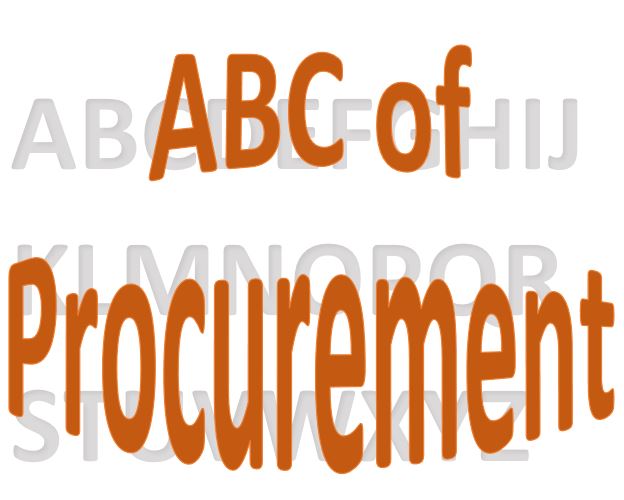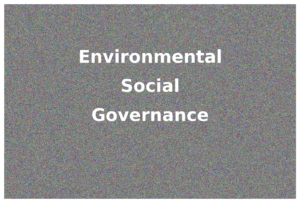Just to start writing about KPI’s took me a couple of days. And creating them looks like torture. Yet still, all companies insist on them, and professionals go back to the “What gets measured, gets improved” mantra.
What are these famous KPI’s? Let us go to www.kpi.org, and see what they have to say
“Key Performance Indicators (KPIs) are the critical (key) indicators of progress toward an intended result.”
Therefore, a good KPI will give us exactly how far are we from the desired goal. Therefore, they should be a number, and measurable.
While in other departments KPI’s are quite visible and easy to measure, in procurement we do not have so many. When you think about it, at first, nothing except savings comes to mind.
So, let us try to group them:
Administrative
- Active contracts show how much of your spending is covered with contractual protection.
- The number of active suppliers will show you how diversified your supplier portfolio is. The bigger the better does not work here, and you should aim for some kind of optimum
- The number of active SKU’s directly shows how complex your supply chain is. Aim to reduce it to some optimal level.
Quality related
- Issued not delivered orders as a per cent of total orders reveals how reliable your suppliers are. If you drill down soon you will figure out that some suppliers need to be replaced
- On-time in full (OTIF) delivery level is a bit stricter.
- Quality issues and goods return rate focuses on the quality of the products delivered.
Financial
- Annualized cost savings is the KPI every procurement team will have. I do not report planned savings and cost avoidance, as they are difficult to defend from all kinds of questions. I compare last period price with this period price, multiplied by the procured quantity. This is the cash procurement has not allowed going out of the company.
- The cost of issuing LPO is a great way to show the management that investing in IT systems for procurement makes sense. This indicator is in its basic the cost of the procurement team.
- Cost avoidance is not something I would do. However, it depends on the industry. Especially focus here on reporting new technologies, systems and processes
Time-related
- Stock ageing is maybe more Supply Chain related. Still, in many companies, procurement is involved in stock planning. It is a number showing how many days on average the item sits in the stock. At a minimum, it should go out before you have to pay it to the supplier. Ideally, there should be no stock.
- Purchase requisition to LPO turnaround time shows the efficiency of your team. How many days do they need to get the quotes, approvals, negotiate and place the order
- Purchase requisition to delivery turnaround time is a metric that is of high value for your stakeholders. It reveals to them when they can expect their item once they order it from you.
- Average delivery time is a part of the previous KPI. But here you will probably like to drill down further and see which supplier under- or overperforms.
Risk related
- Spend by a supplier can show you who are your biggest partners. They deserve most of your attention. Also, you may notice that some contracts become too big, increasing the risk of supply disruption.
- % of SKU’s with contracted fixed price. If this number is high, you are protected from sudden price changes. Well, you can not as well benefit if the prices start going down.
- Usage of verified suppliers shows how mature your Supply Chain is. Verified suppliers do not have issues with health, safety or environmental standards. We know their background, which usually means they are more reliable.
- Maverick spend level. Maverick spend is basically all spent that is not controlled. The more we spend like this the higher the risk of overpaying, buying the wrong item and corruption and fraud.
In the below links you will find much more procurement-related KPI’s. Those here are my favourites, feel free to add more in the comments.
Create KPI’s that mean something to you. KPI’s that, if you reach the target, will result in a salary increase or bonus. And use them throughout the year. If they are just a once-a-year exercise, you have just wasted another day creating them.



